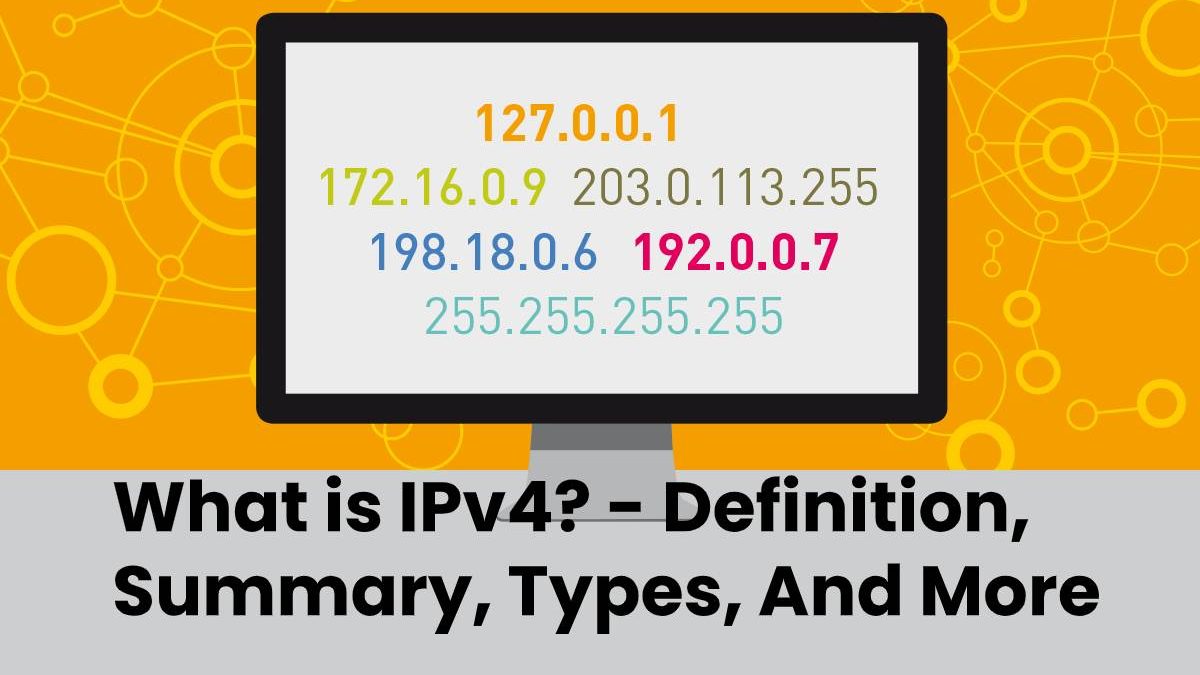Table of Contents
Definition IPv4 (Internet protocol)
Internet Protocol version 4 is one of the core protocols of standards-based internetworking methods on the Internet and other packet-switched networks. IPv4 was the first version deploying for production in the ARPANET in 1983.
the fourth version of the Internet Protocol. It is one of the core.
IPv4 – Summary
Internet Protocol version 4 initially got designed to assign as many as 4.3 million addresses. In the beginning, what was a larger address space.
The sudden growth of internet users and their widespread use has exponentially increased the number of devices that are real and the only IP to be able to communicate. Gradually, the use of IPS by almost every digital equipment made to make life easier. Such as mobile phones, cars, and other electronic devices. The number of devices (apart from computers/routers) increased the demand for additional IP addresses, which we never discussed previously.
IPv4 allocation is administered globally by the Internet Assigned Numbers Authority (IANA) in coordination with (ICANN). Internet Assigned Numbers Authority (IANA) works closely with regional Internet registries, which in turn are responsible for efficiently distributing IP addresses in their territories. There are five RIRs. According to IANA reports, they assigned all IPv4 address blocks. The following practices are out to cope with the situation:
Private IP addresses
A few blocks of IPs have been declared for private use within a LAN to reduce the requirement for public IP addresses.
NAT
Network Address Translation is a mechanism whereby multiple PC / hosts with private IP addresses enabling to access it through one or a few public IP addresses.
Internet Protocol v6 (IPv6):
Internet Engineering Task Force(IETF) has now redesigned IP addresses to lessen the drawbacks of IPv4. Version 6 is the new IP address, which is a 128-bit address, so every inch of the earth can give to millions of IP addresses.
Today most devices running on the Internet are using IPv4, and it is not possible to switch to IPv6 in the next few days. There are mechanisms provided by IPv6, so IPv4 and IPv6 can co-exist unless the Internet completely changes from IPv6:
- Dual IP Stack
- Tunneling (6a4 and 4a6) and also
- NAT protocol translation.

